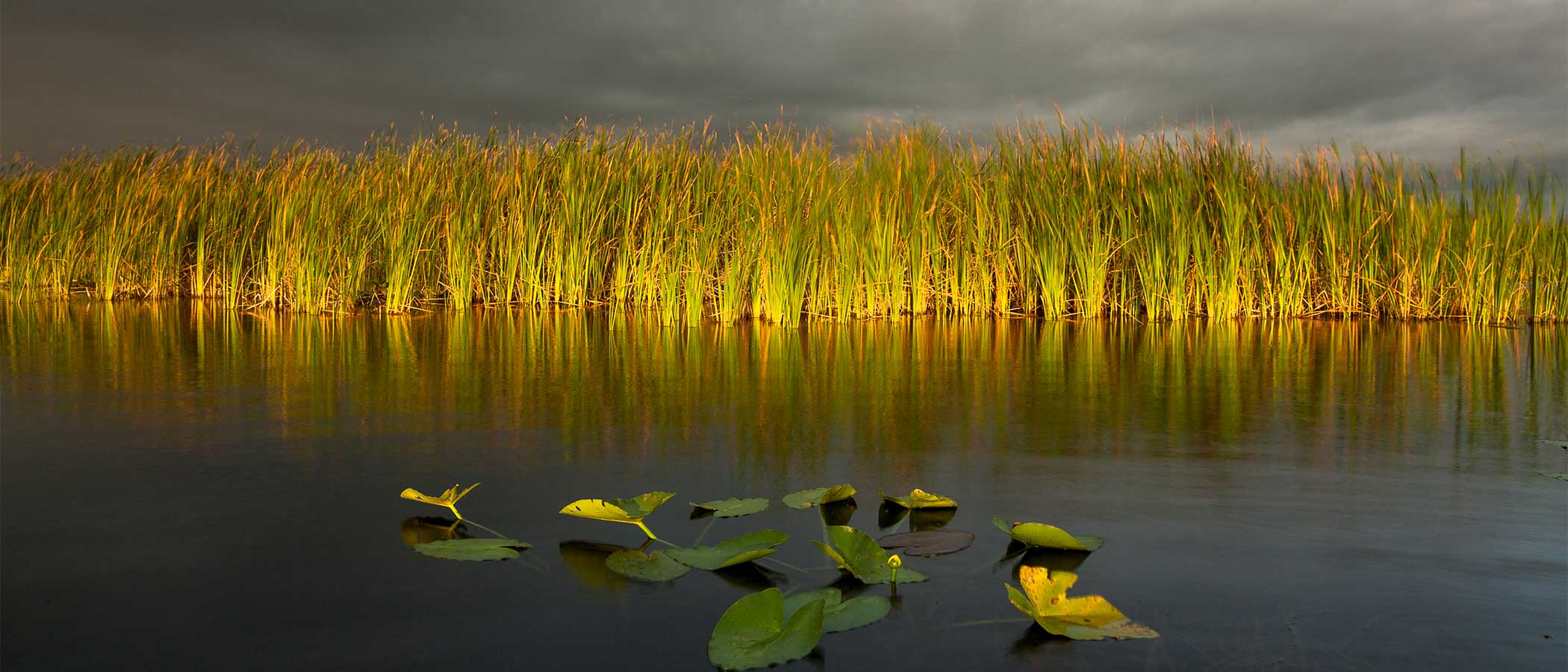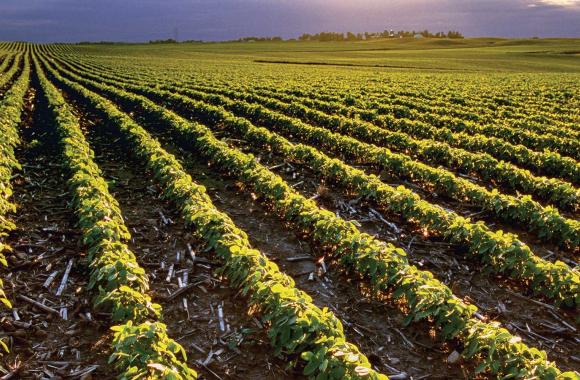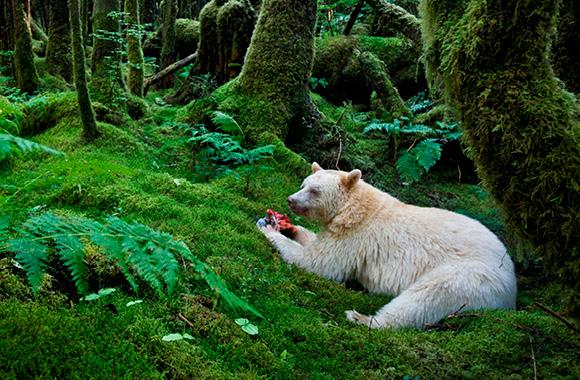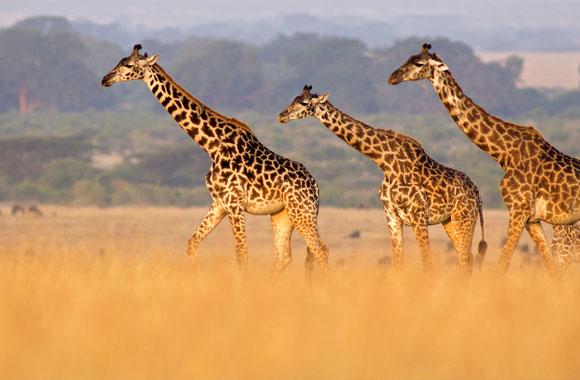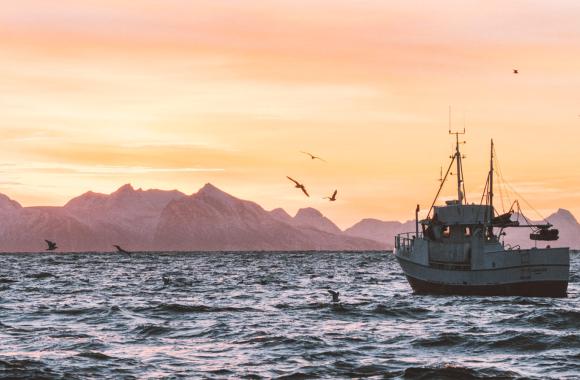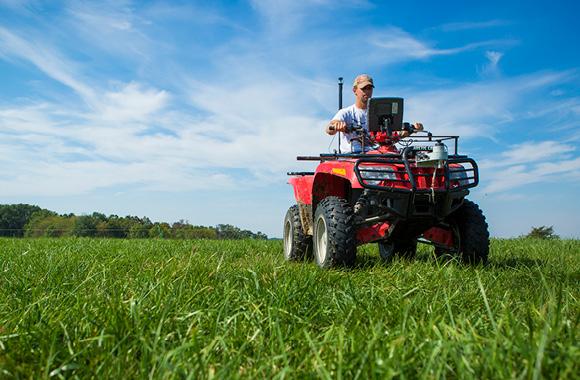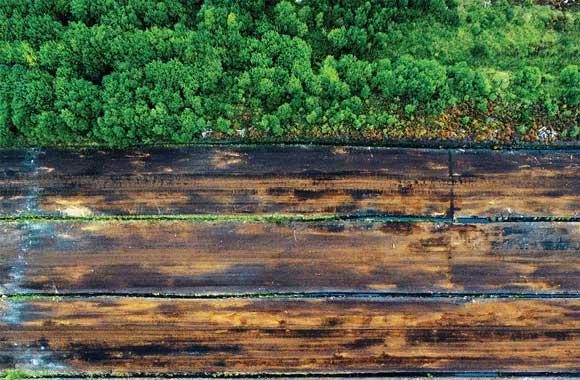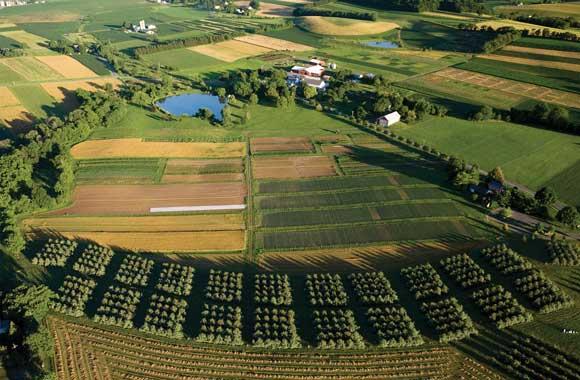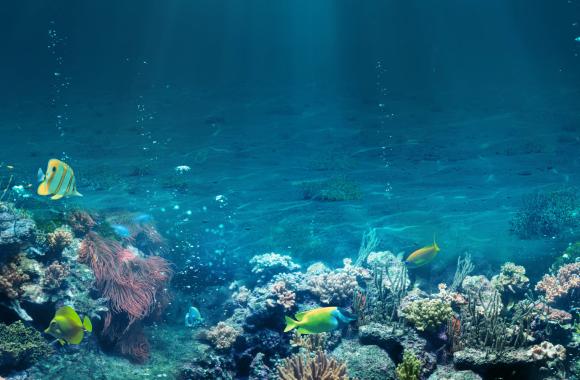Coastal Wetland Protection
Mangroves, salt marshes, and seagrasses sequester huge amounts of carbon in plants and soil. Protecting them inhibits degradation and safeguards their carbon sinks.
Reduced/Sequestered
2020–2050
To Implement
Impact
Of the 53.2 million hectares of coastal wetlands globally, 12.6 million hectares are protected today. If an additional 36.37–40.45 million hectares are protected against degradation by 2050, the resulting avoided emissions and continued sequestration could be equivalent to 1.20–1.62 gigatons of carbon dioxide. While limited in area, coastal wetlands already sequester massive amounts of carbon; protecting them would ensure that the estimated 10.6–12.1 gigatons of carbon stored there, equivalent to more than 38.9–44.4 gigatons of carbon dioxide if released into the atmosphere, would remain safely stored.
Introduction
Unlike most terrestrial ecosystems, coastal wetlands—salt marshes, mangroves, and seagrasses—can sequester carbon for centuries without becoming saturated. In fact, coastal wetlands can store five times as much carbon as tropical forests over the long term, mostly in deep wetland soils.As a result, they have accumulated vast stores of carbon, making their greenhouse gas mitigation potential high despite their small area.
Coastal wetlands also provide important ecosystem services. Yet these ecosystems are rapidly being destroyed or degraded by development, agriculture, and other human activity, and relatively few are protected. Disturbance of coastal wetlands contributes an estimated 1–10 percent of anthropogenic carbon emissions. Preserving healthy coastal wetlands is an important climate change mitigation strategy.
Project Drawdown’s Coastal Wetland Protection solution involves the legal protection of carbon-rich mangroves, seagrasses, and salt marshes, reducing degradation rates and safeguarding carbon sinks. This solution secures otherwise vulnerable coastal wetlands whose destruction would be a source of greenhouse gases. This solution replaces unprotected coastal wetlands.
Methodology
Total Land Area
The total area of coastal wetlands is 44.5 million hectares, of which 10.7 million hectares are already protected. Thus, the total available land for the Coastal Wetland Protection solution is 33.8 million hectares. The total land area for coastal wetlands was based on individual estimates for mangroves, seagrasses, and salt marshes. The total land area available for this solution was modeled using the annual rate of degradation for mangroves, seagrasses, and salt marshes (1.0 percent, 2.2 percent, and 1.5 percent, respectively, derived from a number of sources).
Adoption Scenarios
We developed eight custom adoption scenarios for each of the three coastal wetland types using a linear growth curve. Given the small area of coastal wetlands, the high urgency due to degradation of unprotected coastal wetlands, and the high mitigation value of protection, several scenarios emphasized early peak adoption by 2030.
We calculated impacts of increased adoption of coastal wetland protection from 2020 to 2050 by comparing two scenarios with a reference scenario in which the market share was fixed at current levels.
- Scenario 1: 36.37 million hectares of unprotected coastal wetlands are protected (68 percent of the total available land area).
- Scenario 2: 40.45 million hectares of unprotected coastal wetlands are protected (76 percent of the total available land area).
Emissions, Sequestration, and Yield Model
We set the sequestration rates for mangroves at 1.8 metric tons of carbon per hectare per year, based on meta-analysis of 12 data points from 11 sources. We set emissions from degraded or deforested mangroves at 29.9 metric tons of carbon dioxide equivalent per hectare per year, based on meta-analysis of 21 data points from 10 sources. We set mangrove carbon storage to date at 553.3 metric tons of carbon per hectare, based on 18 data points from eight sources.
Salt marsh sequestration rates were 1.8 metric tons of carbon per hectare per year, based on 28 data points from 12 sources. Degraded salt marshes generated 14.3 metric tons of carbon dioxide equivalent emission per hectare per year, based on eight data points from five sources. We estimated salt marsh carbon storage at 204.2 metric tons of carbon per hectare based on seven data points from seven sources.
Seagrass sequestration is set at 1.3 metric tons of carbon per hectare per year, based on 31 data points from seven sources, of which one is a meta-analysis of 155 different sites (Duarte et al., 2010). We set emissions from degraded seagrass beds at 3.7 metric tons of carbon dioxide equivalent per hectare per year, based on 110 data points from seven sources. We estimated seagrass carbon storage to date at 224.5 metric tons of carbon per hectare based on 12 data points from nine sources, of which one is a meta-analysis of 3,640 observations at 946 different locations globally (Fourqurean et al., 2012).
We set sequestration rates for mangroves at 1.7 metric tons of carbon per hectare per year based on meta-analysis of 11 data points from 10 sources. We set emissions from degraded or deforested mangroves at 31.3 metric tons of carbon dioxide equivalent per hectare per year, based on meta-analysis of 15 data points from eight sources. Salt marsh sequestration rates are 1.8 metric tons of carbon per hectare per year, based on 20 data points from 10 sources. Emissions from degraded salt marshes are 9.8 metric tons of carbon dioxide equivalent per hectare per year, based on two data points from two sources. We set seagrass sequestration at 1.1 metric tons of carbon per hectare per year, based on eight data points from five sources. We set emissions from degraded seagrass beds at 5.9 metric tons of carbon dioxide equivalent per hectare per year, based on three data points from three sources.
Financial Model
We did not model financials because costs are not necessarily borne by the landowner or land manager.
Integration
This solution was not affected by integration with other solutions, because coastal wetlands are largely distinct from terrestrial land uses. An exception is mangroves, which were included in the Forest land use model but were given highest priority, and were therefore not limited by any other forest land use.
Results
Scenario 1 reduces emissions by 1.20 gigatons of carbon dioxide equivalent by 2050 at a US$0 net first cost to implement.
Scenario 2 reduces emissions by 1.62 gigatons of carbon dioxide equivalent by 2050 at a US$0 net first cost to implement.
Discussion
The International Union for the Conservation of Nature and The Nature Conservancy report that if coastal wetland destruction were halved, emissions would be reduced by 0.23 gigatons of carbon dioxide equivalent per hectare per year (Herr and Landis, 2016). Griscom et al (2017) calculate 0.1–0.30 gigatons of carbon dioxide equivalent per year in 2030. Our Coastal Wetland Protection and Coastal Wetland Restoration solutions show a maximum annual reduction of 0.04–0.06 gigatons in 2030, relatively close to this benchmark. The lower impact could be due to the updated global area of coastal wetlands used in our models, which is smaller than in the other sources.
Net costs and savings should be calculated for future upgrades of this solution. More data on salt marsh and seagrass sequestration and emissions rates are also needed. It also would be useful to model restoration in addition to protection.
Like peatlands, coastal wetlands harbor a disproportionate share of the world's stored carbon. They also provide critical ecosystem services. Thus, aggressive efforts to protect these ecosystems are an important component of climate change mitigation efforts.
References
Duarte, C. M., Marbà, N., Gacia, E., Fourqurean, J. W., Beggins, J., Barrón, C., & Apostolaki, E. T. (2010). Seagrass community metabolism: Assessing the carbon sink capacity of seagrass meadows. Global Biogeochemical Cycles, 24(4).
Fourqurean, J. W., Duarte, C. M., Kennedy, H., Marbà, N., Holmer, M., Mateo, M. A., Apostolaki, E. T., Kendrick, G. A., Krause-Jensen, D., McGlathery, K. J., & others. (2012). Seagrass ecosystems as a globally significant carbon stock. Nature Geoscience, 5(7), 505–509.
Griscom, B. W., Adams, J., Ellis, P. W., Houghton, R. A., Lomax, G., Miteva, D. A., Schlesinger, W. H., Shoch, D., Siikamäki, J. V., Smith, P., Woodbury, P., Zganjar, C., Blackman, A., Campari, J., Conant, R. T., Delgado, C., Elias, P., Gopalakrishna, T., Hamsik, M. R., … Fargione, J. (2017). Natural climate solutions. Proceedings of the National Academy of Sciences, 114(44), 11645–11650
Herr, D. and Landis, E. (2016). Coastal blue carbon ecosystems. Opportunities for Nationally Determined Contributions. Policy Brief. Gland, Switzerland: IUCN and Washington, DC, USA: TNC.
What You Can Do
Encourage the development and enforcement of laws and regulations that disincentivize destruction of coastal wetlands.
Support organizations working to protect coastal wetlands around the world.
- Expand your knowledge by exploring another Drawdown solution.
Co-benefits
Coastal wetland protection mitigates the impacts of extreme climate events such as hurricanes, floods, and sea-level rise.
In many countries, particularly small island developing states, mangroves and other coastal ecosystems support subsistence fisheries that are critical for food security.

